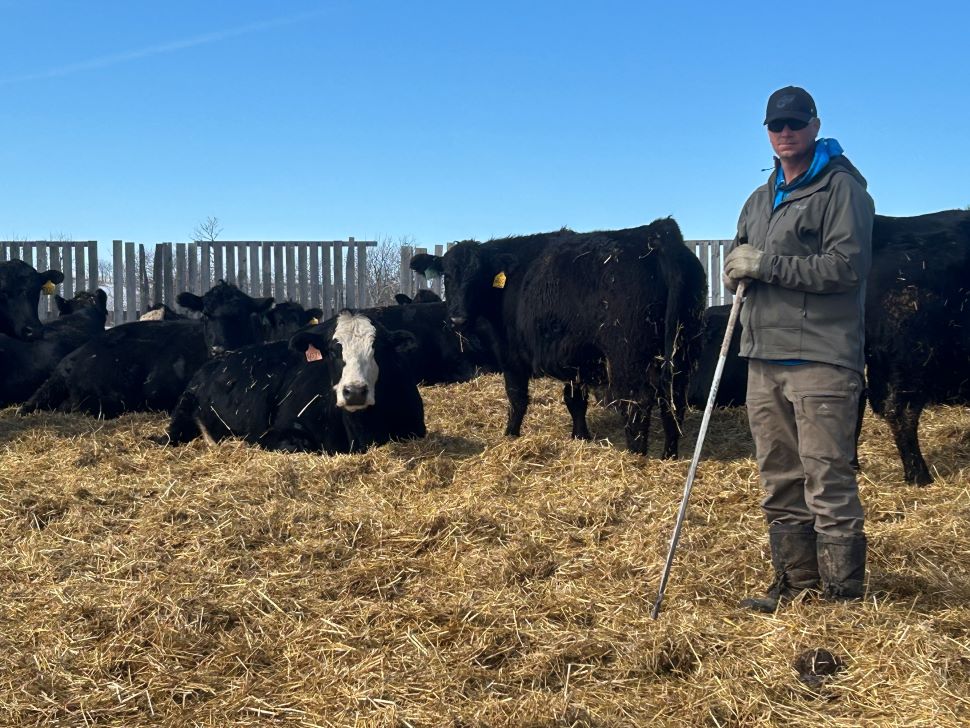Rodney Reid, a farmer north of Stoughton, says calving season is one of the busiest and most important times of year on his operation.
With the calm weather that typically arrives in late March and early April, Reid aims to start calving around that time.
“We usually try and calve the last two weeks of March and the beginning of April to get things rolling, so we can get the cows out before the big program on the grain farmers’ side of things starts,” he said.
Reid noted that weather conditions play a significant role in calving season.
“Wind is always hard on the newborn calves,” he said. “It’ll get them down and out and not feeling good. But if you can have a nice, calm day, they’ll actually survive pretty good, even if it’s –10.”
However, weather isn’t the only factor farmers have to worry about. Predators, particularly coyotes, pose a serious threat to newborn calves. The scent of afterbirth can attract coyotes, which can quickly take down a calf, leaving the mother helpless.
Farm dogs help keep predators at bay during the day, but can’t fully protect the herd at night. Reid said that requires constant vigilance.
His operation is largely outdoors, with cows being brought into a corral at night for added protection.
“We’re basically all out on a maternity pad, and then we’ve been moving them in every night into a corral in the yard, just trying to quarantine and keep the cows closer so the predators can’t get at them,” he said.
Reid emphasized that farming is a year-round commitment with little downtime.
“It’s a fun business. There’s a lot of work that goes into it that I don’t think people realize, and it’s 24 hours a day, seven days a week, 365 days a year,” he said. “If you think you have a day off, usually something happens, like a gate left open.”
Calving season also overlaps with the start of crop planting. Once most of the calves are on the ground, Reid shifts his focus to grain farming, while his wife manages the cattle.
“I usually corn graze the cows and feed them all winter and coach the girls, and have some stockpiled feed so I can take three- and four-day weekends here and there to coach,” he said. “Usually, about April 20, I’ll step away from the cattle program. By that time, there’s 65 to 80 per cent of the calves on the ground, and then I focus on the grain side of things.”
For Reid and his family, farming is a way of life. He said the satisfaction of the work makes the long hours worth it. His wife plays an integral role in managing the cattle while he handles the grain farming, and together they balance the demands of the farm with family commitments.
